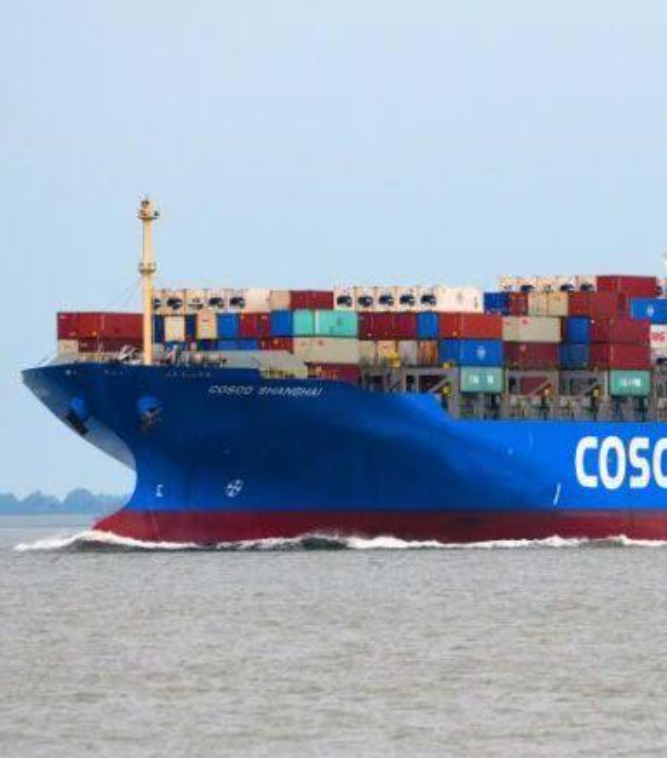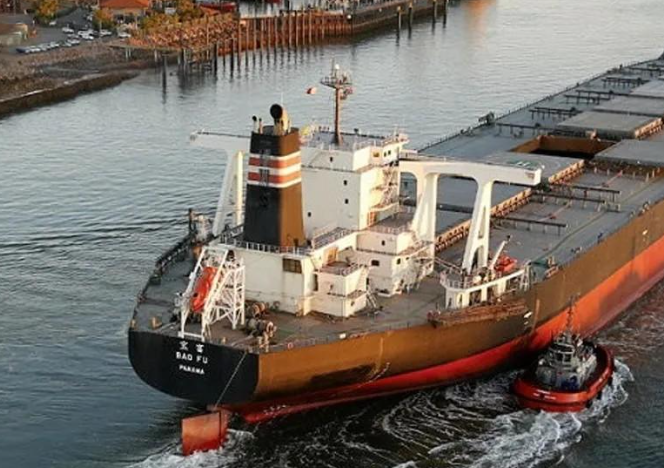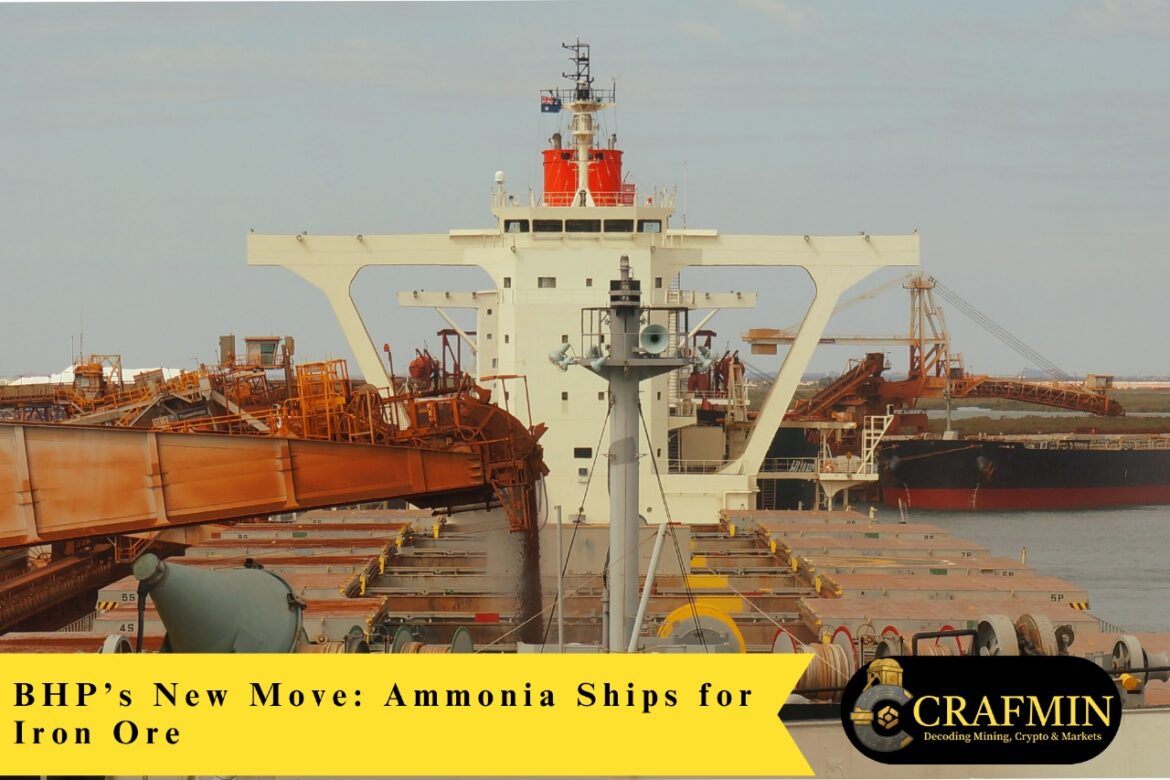It’s a big shift. BHP and COSCO Shipping Bulk have announced they’ll work together on ships that run on ammonia. These vessels, designed as Newcastlemax bulk carriers, would handle iron ore cargo while cutting carbon emissions.
Why ammonia? Because it burns without giving off CO2. That’s a huge plus for a sector looking for ways to clean up. It’s not simple — ammonia’s tough to store and use safely. But BHP’s plan shows they’re serious about finding solutions, not just talking about them.
The project is still early. No firm launch dates yet. The idea is to get designs sorted, engines tested, and supply chains ready. It’s a long road, but this could be a major step for both mining and shipping.
Why Ammonia is on the Agenda
In the pursuit of maritime decarbonisation, ammonia is growing as a leading contender. Though unlike traditional fuels, ammonia doesn’t burn with the release of CO2, it does come with some drawbacks when it comes to safe storage and handling.
For BHP, it is not about adopting new technology — it’s about helping shape it. With collaboration with COSCO Shipping Bulk, one of the largest bulk carrier owners in the world, BHP aims to accelerate the commercial viability of ammonia-based shipping on major trade lanes.
COSCO’s Role in the Plan
COSCO brings valuable experience in bulk shipping and fleet management. The venture is aimed at designing Newcastlemax-class ships, the preferred vessel for iron ore shipping from Australia. The ships are large enough to handle major cargoes efficiently but fit in prime port constraints.
Design work will involve integrating ammonia marine fuel systems and bringing the ships into line with international environment and safety regulations. Both companies emphasized strong collaboration with port authorities and regulators as major components of the project.

Concept render of ammonia-fuelled Newcastlemax carrier. Credit: VesselFinder
A Step Towards Cleaner Shipping
Shipping releases around 3% of the globe’s greenhouse gases, and bulk shipping like that in the iron ore industry is a major contributor. BHP’s new strategy is part of a broader strategy to decarbonise the shipping part of its value chain, which is one area the company has said is key to meeting its sustainability goals.
If successful, the project has the potential to open up wider industry use of ammonia as a fuel, especially for the high-volume, long-distance trades where decarbonisation options have been few.
Practical and Technical Challenges
Although the announcement is good news, experts caution that there are still issues to be overcome. Ammonia-powered engines are still comparatively in the early development stages when it comes to commercial shipping. There are also questions regarding fuel supply chains, port bunkering infrastructure, and training requirements for crews.
BHP and COSCO recognized these intricacies. Their collaboration is not only designed to construct ships but to assist in laying the foundation for the supporting systems that are needed, such as producing fuel, distributing it, and instituting safety measures.
Industry Perspectives
The agreement has been followed with interest throughout the mining and shipping industries. Experts point out that although several shipping companies are testing ammonia and other alternative fuels, this partnership is remarkable in terms of size and status of the participants.
One shipping analyst, in an interview on condition of anonymity, called it “the kind of move that says ammonia is no longer an idea on a whiteboard — it’s becoming real.”

BHP iron ore ship loading at Australian port. Source: (Pilbara Ports Authority)
What Happens Next
Major steps forward will involve completing ship design, collaborating with engine makers on power plant development, and beginning discussions with ports about fuel handling infrastructure.
Both BHP and COSCO have avoided a target date for when the first ship fuelled by ammonia would come into operation. The two companies have said, however, that they will act urgently to keep up with increasingly stringent global emissions regulations.
There is also scope for further cooperation beyond the initial shipbuilding contracts, with the possibility of developing different ships or other clean fuel systems as part of a wider regional de-carbonisation plan.
Read Also: A Smarter Way to Trade Crypto: Octa Broker CFD Solution
Final Thought
The BHP ammonia-fueled ships project is a daring effort to crack one of the hardest decarbonisation puzzles in mining supply chains. Much work remains, but the project is proof that big-scale iron ore shipping can — and ought to — be among the solutions to shipping’s carbon dilemma.
As BHP and COSCO embark on this new journey, the rest of the industry will be paying attention.

